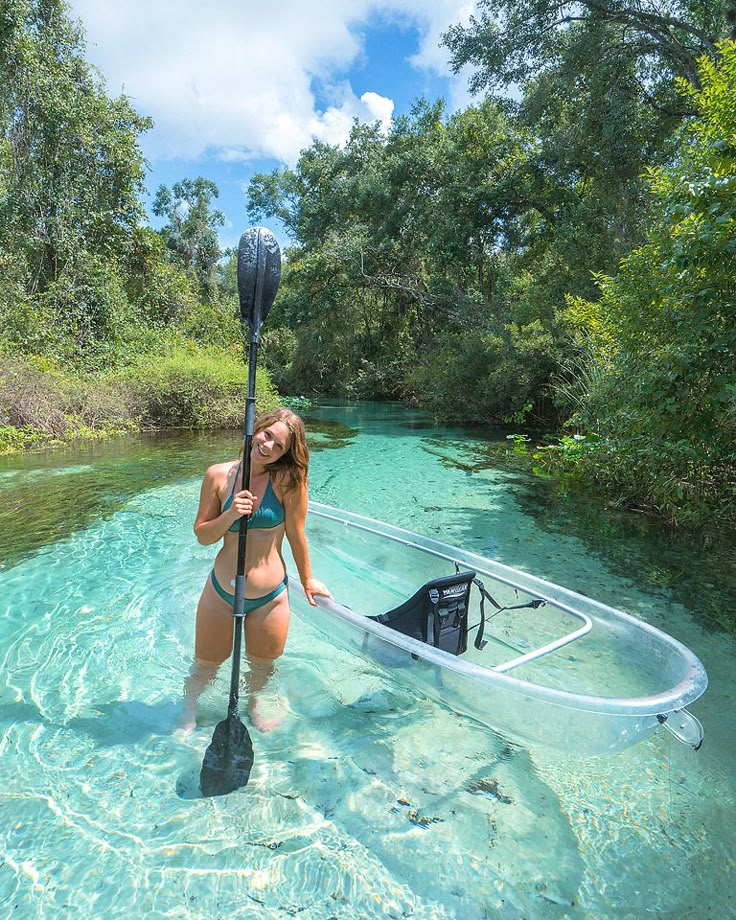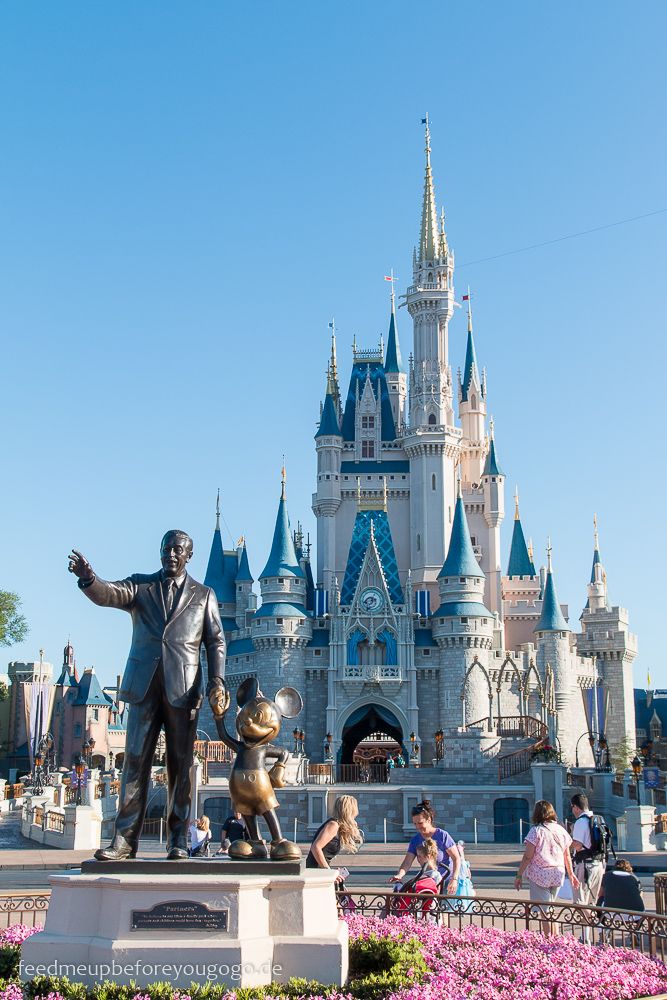Discover Orlando


History
From citrus groves to theme park capital. Orlando’s modern identity belies its humble origins as a Seminole trading post and later a cattle-and-citrus hub. Incorporated in 1875, it grew slowly until World War II, when military bases like McCoy Air Force Base, now Orlando International Airport, brought investment. The 1960s changed everything. Walt Disney secretly bought vast swaths of swampland, and in 1971, Walt Disney World opened, triggering a tourism explosion. Competitors like Universal Studios and SeaWorld followed, transforming Orlando into the world’s most visited vacation destination. Behind the glitter, Orlando remains a fast-growing Sunbelt city with a thriving Puerto Rican community and tech-driven economy.
Geography
Orlando sits inland in central Florida, 60 miles from the Atlantic coast, on a landscape of lakes, wetlands, and sandy ridges. Over 100 lakes dot the region, including Lake Eola in downtown. The Everglades’ headwaters begin nearby, and the Floridan Aquifer beneath the city supplies its famous springs. Flat terrain made it easy to build sprawling resorts, though hurricanes and summer thunderstorms are seasonal realities. Suburban development stretches toward the Space Coast to the east and Tampa to the west, connected by highways slicing through former orange groves.
Why Visit Orlando?
🎢 Theme Park Paradise
Experience Disney, Universal Studios, and countless attractions.
🌞 Sunshine Year-Round
Enjoy Florida’s warm weather and outdoor adventures in every season.
🛍 Shopping and Dining
Discover premium outlets, world-class restaurants, and nightlife.

